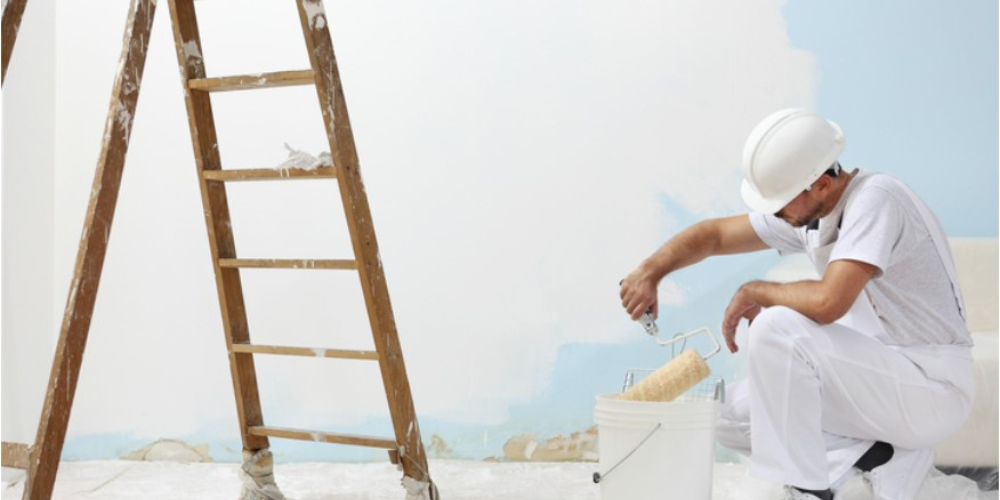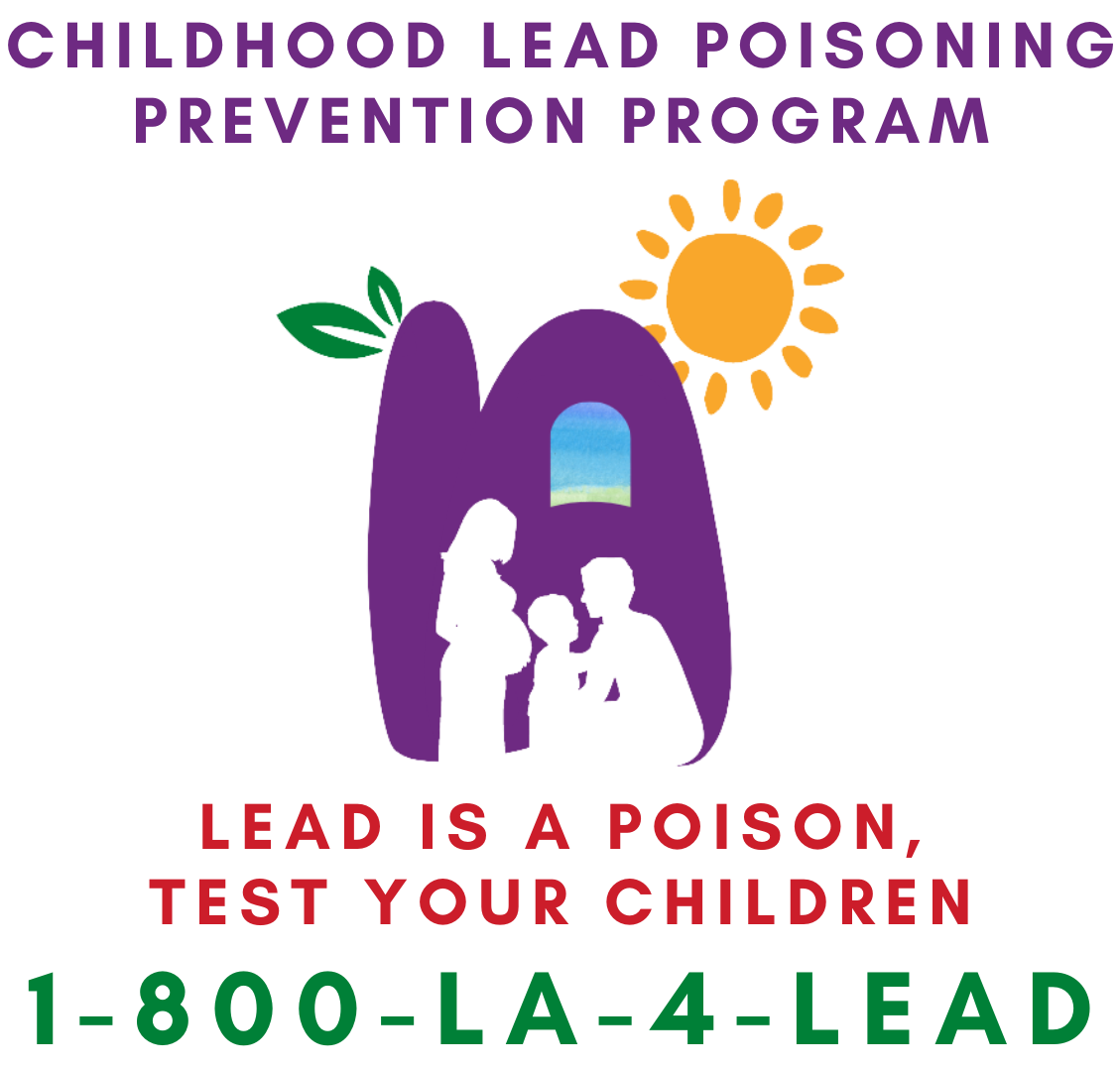
Lead-Related Construction
Federal law requires contractors
that are hired to perform renovation, repair and
painting projects in homes, child care facilities, and
schools built before 1978 that disturb painted surfaces
to be certified and follow specific work practices to
prevent lead contamination.
If you wish to become certified to
do lead-related construction work in California, you
must take training from one of the Department of Public
Health's (CDPH) accredited training providers. To find
out where you can take this training, visit the
CDPH Lead-Related Construction Training website.
The work practices the contractor
must follow include these procedures:
|
Contain the
Work Area
The area must be
contained so that dust
and debris do not escape
from that area. Warning
signs must be put up and
plastic or other
impermeable material and
tape must be used as
appropriate to:
-
Cover
the
floors
and any
furniture
that
cannot
be
moved.
-
Seal off
doors
and
heating
and
cooling
system
vents.
-
For
exterior
renovations,
cover
the
ground
and, in
some
instances,
erect
vertical
containment
or
equivalent
extra
precautions
in
containing
the work
area.
These work practices
will help prevent dust
or debris from getting
outside the work area.
|
|
Avoid
renovation methods that
generate large amounts
of lead-contaminated
dust
Some methods generate
so much
lead-contaminated dust
that their use is
prohibited. They are:
- Open
flame
burning
or
torching.
-
Sanding,
grinding,
planing,
needle
gunning,
or
blasting
with
power
tools
and
equipment
not
equipped
with a
shroud
and HEPA
vacuum
attachment.
-
Using a
heat gun
at
temperatures
greater
than
1100°F.
There is no way to
eliminate dust, but some
renovation methods make
less dust than others.
Contractors may choose
to use various methods
to minimize dust
generation, including
using water to mist
areas before sanding or
scraping; scoring paint
before separating
components; and prying
and pulling apart
components instead of
breaking them.
|
|
Clean Up
Thoroughly
The work area should
be cleaned up daily to
keep it as clean as
possible. When all the
work is done, the area
must be cleaned up using
special cleaning methods
before taking down any
plastic that isolates
the work area from the
rest of the home. The
special cleaning methods
should include:
-
Using a
HEPA
vacuum
to clean
up dust
and
debris
on all
surfaces,
followed
by
-
Wet
wiping
and wet
mopping
with
plenty
of rinse
water.
When the final
cleaning is done, look
around. There should be
no dust, paint chips, or
debris in the work area.
If you see any dust,
paint chips, or debris,
the area must be
re-cleaned.
Lead-Safe Work Practices
Training
Our program can provide lead-safe work practices training to
contractors, local government agencies, and property
owners/property management companies at no cost. Request a training
here.
|
